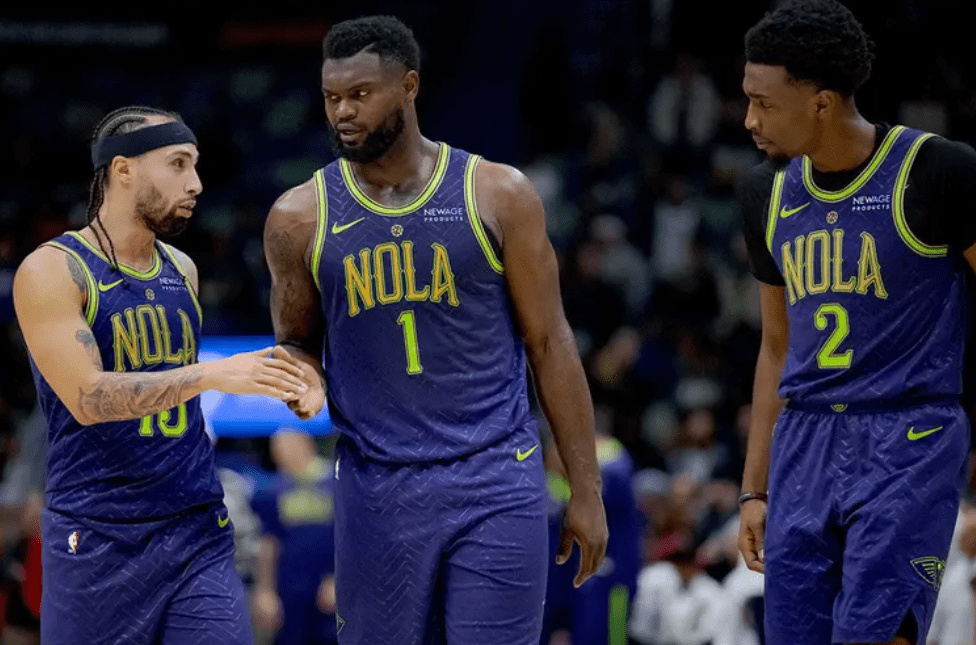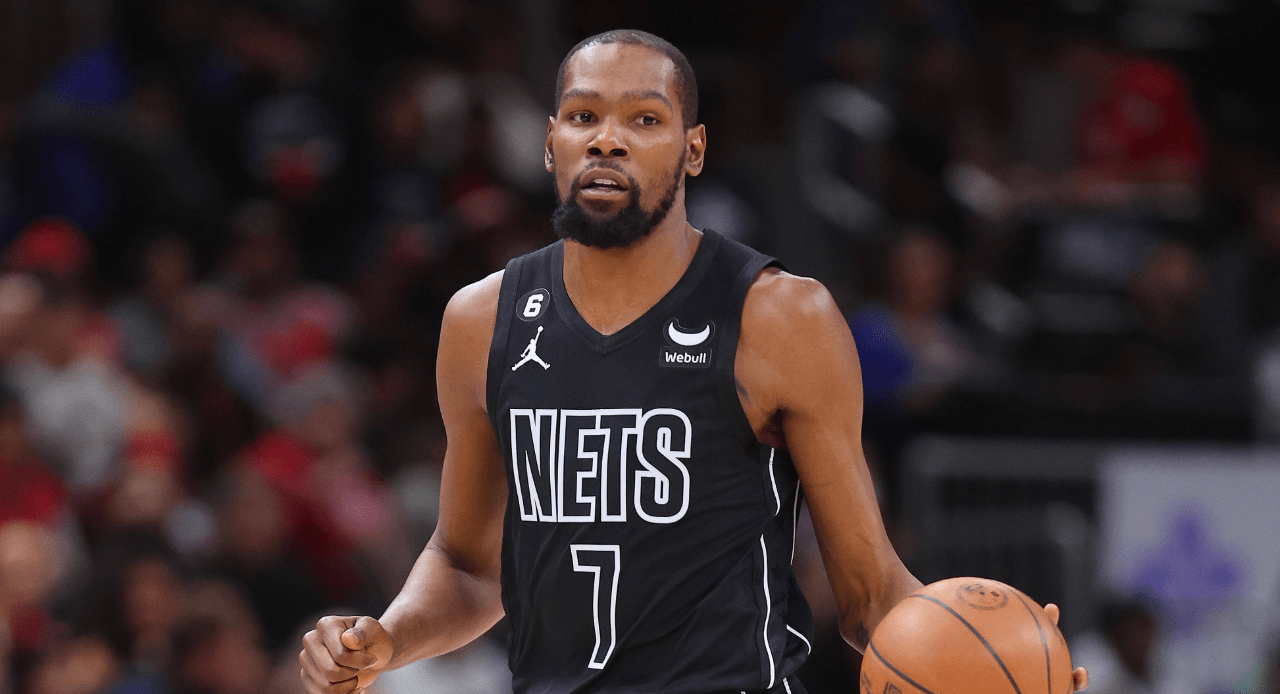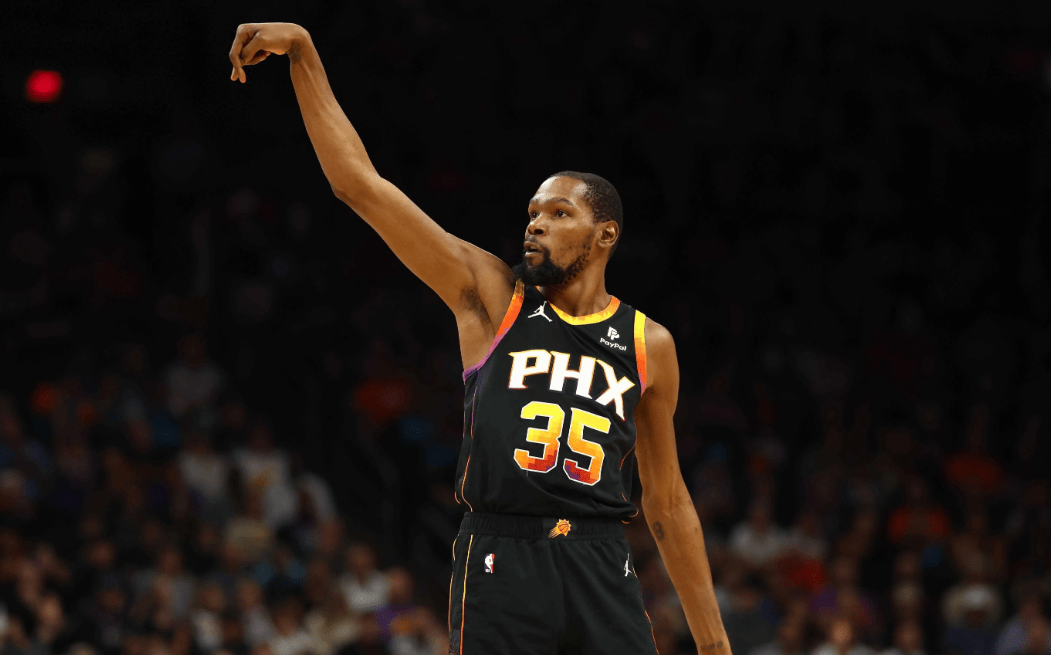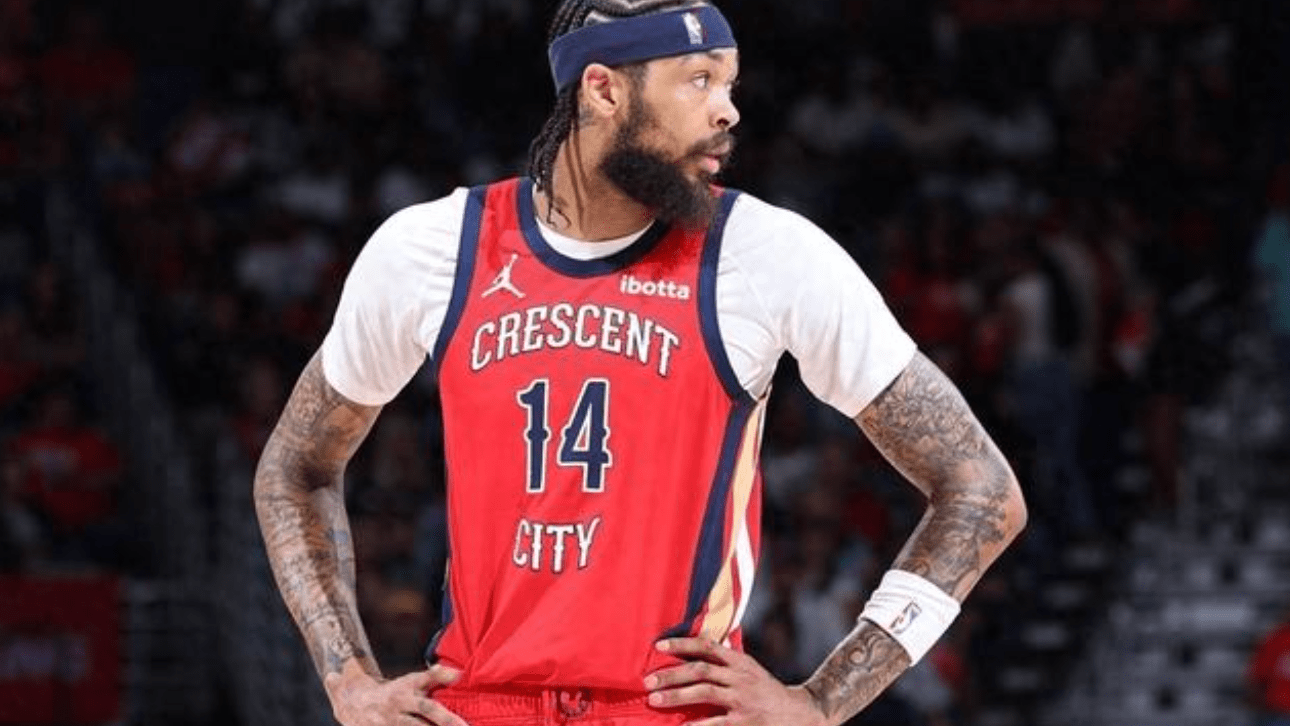Why is the Golden State Warriors willing to part with a promising 20-year-old Jonathan Kuminga in exchange for Brandon Ingram? This 1-for-3 trade may seem like a win-win on the surface, but upon closer inspection, it reveals many unknown pitfalls and complex considerations for both teams.

As one of the New Orleans Pelicans' star players, the departure of Brandon Ingram is a significant event. It's hard to imagine an All-Star player and excellent isolation scorer being put on the trading block. After all, this 25-year-old forward averaged 24.7 points, 5.8 rebounds, and 4.9 assists last season, making him an integral part of the Pelicans' system.

However, a closer look at Ingram's situation might explain why the Pelicans are willing to let him go. Injury concerns have plagued Ingram, with low attendance rates and multiple injury risks hindering his performance. If he continues as a team cornerstone, there's uncertainty about whether he can carry the team during crucial moments if his "glass" attributes resurface.

Moreover, the Pelicans have clearly tied their future to Zion Williamson. Despite his own injury history, Zion's potential and talent remain the foundation on which the Pelicans are betting. With Zion in place, the Pelicans need young players and multiple draft picks to rebuild a lineup capable of long-term stability.

From the Pelicans' perspective, the significance of this trade is clear: they need to relieve salary pressure and prepare more thoroughly for the future. Kuminga fits the profile of the young talent the Pelicans desire, and two second-round draft picks are valuable assets for a team aiming to rebuild. Additionally, the Pelicans' insistence on the Warriors including a first-round draft pick further indicates the team's strategy of accumulating "ammunition" for the future.

But is such a trade worth it? Will Ingram's departure directly lead to a short-term collapse of the roster? These are the unknown risks that the Pelicans' management must face. In essence, this rebuilding process is akin to a high-stakes gamble; success could bring leadership prestige, while failure could mean wasting several years.

Looking at the Warriors, is trading for Brandon Ingram really a surefire deal? Not necessarily. The Warriors are currently in a championship window, with Stephen Curry already 35 years old, Klay Thompson's state not yet stable after his knee injury, and Draymond Green's renewed contract preserving the core defense but under increased scrutiny for the new season. The Warriors' championship lineup is aging, and they need immediate impact players, particularly a young top scorer to share the offensive load with Curry.

Ingram could be the solution. He aligns with the Warriors' offensive system, excelling at mid-range and post-up shooting, and can play a leading role when needed. His organizational skills could create sparks with Curry's pick-and-roll, which is highly anticipated.

However, if everything were so smooth, the NBA wouldn't have so many stories. Can Ingram truly replicate Durant's impact within the Warriors' system? While his technical characteristics are somewhat similar to Durant's, Ingram's actual offensive and defensive performances have not yet reached the level of a superstar, especially defensively, where he isn't adept at man-to-man or help defense, potentially creating a "loophole" in the Warriors' system. Moreover, the Warriors' defense relies on overall advancement; if Ingram can't adapt to the high-intensity pressing rhythm, his effectiveness might be significantly reduced.

Trading Kuminga also poses future risks for the Warriors. Although Kuminga is immature, as a rookie overflowing with talent, he has shown potential, particularly in screens and fast breaks. If he realizes his potential with the Pelicans, the Warriors' regret might come sooner than expected, even before 2025.
Ingram himself has expressed openness to the trade and confidently stated, "I believe we will achieve great success playing alongside Curry." More boldly, he mentioned wanting to replicate Durant's successful trajectory when joining the Warriors. But can he really do that?
When Durant joined the Warriors, he was already a two-time scoring champion and four-time scoring leader. In comparison, although Ingram is also an All-Star level player, his efficiency and dominance on offense fall short of Durant's peak. Simply put, Durant joined a mature "tactical finished product," whereas Ingram now faces a system in urgent need of addressing its weaknesses.
Experts have bluntly stated, "Ingram's soft playing style may not suit the Warriors' system." It's evident that among Warriors players, toughness and focus are foundational qualities. From Green's "pitbull" defense to Curry's running and passing, whether Ingram's big core playing style can quickly adapt to team basketball remains a significant question mark.
More importantly, Durant is Durant, and Ingram is Ingram. To replicate glory, one needs not only ability but also the right environment and opportunities. Whether the Warriors can provide Ingram with sufficiently relaxed conditions to make such a leap is perhaps worth deeper observation.
Beyond the core of the trade, the negotiation over draft picks is a key aspect. The Pelicans insist on the Warriors including a first-round draft pick, which supplements their rebuilding efforts and exerts psychological pressure on the Warriors' management—after pursuing Ingram with all their might, would they let the trade fall through over a first-round draft pick?
The Warriors also have their calculations. Historically, teams with first-round draft picks often acquire high-value players in the near future, especially when the main lineup is aging. This serves as a kind of "safety net." After all, no one wants to bet all their hopes on a single trade. In other words, Ingram is not a foolproof answer.
Ultimately, this trade concerns not only the Warriors and the Pelicans but also reflects the current trend in the NBA league: on one side, championship window teams are arranging their lineups for immediate combat power, while on the other, rebuilding teams are concentrating resources on betting on the future. This type of trade logic has become the mainstream operational approach in the league in recent years.
Whether the Warriors and the Pelicans can finalize this trade and what the future holds for both sides after the trade is something all fans should pay attention to. Ingram's appearance in the Bay Area and Kuminga's landing in New Orleans represent a "betting on the future" operation that could give birth to heroes or provoke tears of regret; only time will tell.
(Disclaimer) The processes and images described in the article are sourced from the internet. This article aims to promote positive social energy without vulgar or inappropriate content. If there are any copyright or personal infringement issues, please contact us promptly, and we will delete the content immediately! If there are any questionable parts of the event, we will delete or modify them immediately after contact!